For Education Leaders
Get proven strategies and expert analysis from the host of the Learning Can't Wait podcast, delivered straight to your inbox.
Homebound Instruction
Keep Medically Fragile Students on Track
- 1:1 live lessons matched to classroom pace
- Full IEP & accommodation support
- Easy transition back to school
Homebound Schooling: An Ultimate Guide for Parents and Educators

Homebound school services are a specially designed educational program that helps students who are temporarily unable to attend a regular school setting due to a medical, mental health condition or suspension receive specialized instruction. As such, homebound schooling is an important segment of the US educational system as it ensures the continuation of education for students who have short term health-related challenges.
At Fullmind, we specialize in supporting districts by providing highly qualified, state-certified teachers who deliver live, one-on-one or small group instruction to homebound students. Our educators are trained to adapt lessons in real time and follow district curriculum to maintain academic continuity and emotional stability—no matter where learning takes place.
This guide covers everything that parents and educators need to know about homebound services. The article defines what homebound school is, how it works, what the eligibility qualifications are, who provides these services, how parents can apply, and how schools and districts can find homebound teachers. Finally, it summarizes the pros and cons of homebound school to help parents decide if this is the right fit for their children.
What Homebound School Is
Homebound services, or homebound schooling, refers to a short term instructional program for students generally enrolled in a public school that have a documented medical condition that confines them to home or a hospital and prevents them from attending classes at school. This program is designed with the purpose of allowing students who are unable to participate in in-person instruction at school to keep up with their studies and with their peers in their absence.
Students need to meet specific qualifications in order to be eligible to apply for homebound school. One of these qualifications is that their medical condition has to be documented in a written form by a US-licensed physician. Students can be either homebound (confined to home) or hospital homebound (HHB, confined to a hospital).
There are many medical conditions which qualify for homebound educational services, and they include mental health issues too. Some common examples include conditions that require intermittent absences, such as students receiving hemodialysis, chemotherapy, or radiation. Students attending psychiatric programs, substance abuse centers, and other medical facilities are also eligible. Meanwhile, students with communicable, infectious diseases cannot receive homebound services until their physician declares that they are no longer contagious.
It is paramount to highlight that homebound schooling is different from homeschooling though the two concepts are frequently confused and sometimes used interchangeably by parents and others. Indeed, these are two distinct forms of education, provided for different reasons and following different structures.
Homebound services are also different from special education which entails a set of comprehensive educational services offered to students with disabilities that affect their ability to be educated in a traditional classroom setting. Special education is covered by the Individuals with Disabilities Education Act (IDEA).
The main differences between homebound schooling, homeschooling, and special education are summarized in the table below:
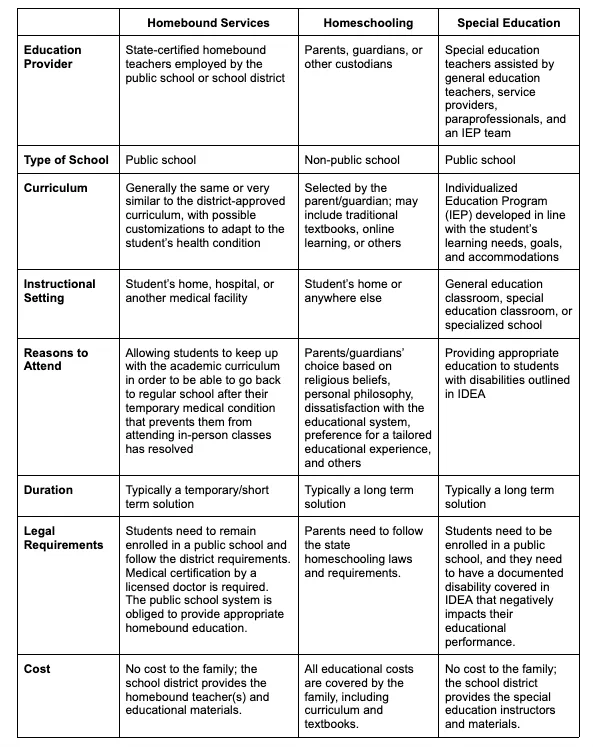
How Homebound Education Works
The homebound schooling process requires students and parents to go through a number of steps that involve third parties such as physicians and educators as well.
Following is what the homebound school process looks like:
- The parents/guardians or medical staff identify the need for homebound services as the student is unable to attend classes due to a medical or mental state condition.
- The parents/guardians request from the school administration or the school district to provide homebound services to their child.
- The school provides a homebound application.
- The parents/guardians fill in the homebound services application.
- The attending physician submits a medical note which outlines the condition of the student. The medical documentation includes the diagnosis, explanation why it prevents the student from attending school, expected duration of the condition, and any recommendations on necessary adjustments to educational instruction.
- The school administration reviews the application to decide if the student meets the qualification and eligibility criteria.
- The school administration makes a decision whether homebound services will be provided to the student.
- The school administration, the teachers, and the parents work together to develop a homebound educational plan that includes the subjects, curriculum, homebound teachers, frequency of instructions, and instructional session length.
- Homebound teachers are assigned.
- Homebound school services start being implemented. Instructions are typically delivered twice a week at the student’s home, hospital, or another medical facility. These include one-on-one instructions in core subjects, assignments, and assessments. The process is facilitated and supported by the family.
- The school monitors progress via the reports submitted by the homebound teachers as well as via feedback from the parents/guardians.
- The school might request periodic medical reevaluation to establish if the student still needs homebound school services.
- The school plans for the student’s transition back to a regular classroom environment when their condition starts to improve.
- When the physician clears the student, they go through the transition/reintegration plan designed by the team until they are ready to be fully emerged in the standard school environment.
It’s crucially important for the parents, school administration, school district, and physicians to work closely together and collaborate effectively to provide quality homebound services to students.
Homebound Service Student Qualifications
There are slight differences in what qualifies a student for homebound services in different states across the US. Nevertheless, the core of the requirements to qualify for homebound schooling remains the same nationwide.
To qualify for homebound education, a student needs to meet the following conditions:
Be Enrolled in a Public School
Students have to be enrolled in a public school for the current academic year in order to qualify to receive homebound school, provided that the rest of the conditions listed below are also met. Homebound teachers follow the curriculum and the educational requirements adopted by the student’s school district.
Be Unable to Attend School Due to Medical or Mental Health Conditions
The second qualification criteria is that students must be prevented from attending school for medical - including mental health - reasons only. Other reasons prohibiting students from attending classes at schools do not count for homebound services. There is a wide range of medical conditions that qualify for this service.
Be Confined at Homebound or Hospital Homebound for at Least 4 Weeks in the School Year
A student needs to be confined to home or hospital bedside for a minimum of 4 weeks throughout the school year. It’s important to note that the 4 weeks do not need to be consecutive but can be dispersed through the academic year.
Have Their Medical Condition Documented by a Licensed Physician
Students need to have a note from a doctor who is licensed to practice in the US that documents their medical condition. This is a major requirement to apply for homebound school services.
Be Able to Participate in Instruction Activities While at Home or in the Hospital
Finally, the student must be able to take part in the homebound schooling services while they are at home or in the hospital. This means that the student’s medical condition should not be grave enough to prevent them from effectively participating in specialized educational activities.
Since these qualifications vary somewhat from one state to another, it’s important for parents to check the exact state requirements before starting the application process to ensure that their child qualifies for homebound services.
Homebound Schooling Service Providers
Homebound school services are typically provided by the school district where the student is enrolled prior to the onset of the disease. However, there are alternative providers that can help schools and districts that don’t have the capacity to implement these services due to lack of qualified homebound teachers or for other reasons.
Here are the typical providers of homebound services:
School Districts
Students receive homebound services from their school district as this happens within the public educational system and the district curriculum is used, with possible adjustments based on the student’s specific condition.
Instruction is delivered by homebound teachers who work for the school or the district and who are state-certified for their subject(s). A homebound teacher has the same minimum qualifications as any public school teacher in addition to potential extra certifications related to providing special education and emotional support services to students and families. In general, homebound teachers hold at least a bachelor’s degree in the subject and special education teacher certification.
Some homebound students might require additional services that are beyond the scope of work of homebound teachers and need to be delivered by other qualified professionals. Some additional support staff for personalized services include:
- External, on-demand tutors for supplemental instruction
- Speech-Language Pathologists (SLPs)
- Occupational Therapists (OTs)
- Physical Therapists (PTs)
- Behavioral therapists
- Mental health providers
- Healthcare providers
- School psychologists and counselors
Third-Party Educational Service Providers
In cases when they are unable to supply the requested homebound services, school districts and schools might resort to hiring a qualified third-party service provider to deliver homebound schooling.
Fullmind specializes in the provision of core instruction as well as supplemental instruction to homebound students. Fullmind homebound instruction offers a classroom experience that is fully synced with the brick-and-mortar school experience supporting homebound students in excelling along with their classmates. Core instruction is delivered online via synchronous teaching which means that students sit together with live instructors to receive teaching and interact in real time.
It’s important to note that all Fullmind instructors are state-certified, experienced, and highly qualified. Moreover, they are trained in online teaching. They follow the general school district curriculum while making necessary adjustments based on each student’s medical condition and capabilities.
In addition, Fullmind can provide supplemental instruction via online, live, one-on-one tutoring to homebound students who need some extra help. This service is provided on demand and tailored to the specific needs of the student.
Fullmind homebound schooling services are available across the entire US.
How to Apply for Homebound Education Services
To apply for homebound schooling services from their child’s school, parents/guardians need to:
- Have the student diagnosed with a medical or mental health condition that prevents them from attending in-person school for at least 4 weeks in the school year.
- Submit a request to the student’s school.
- Receive an application form from the school.
- Fill in the application form.
- Obtain a detailed medical report from the student’s physician who needs to be licensed to practice in the US. The report needs to detail the diagnosis, the reason why it prevents the student from participating in standard instruction, the expected disease duration, and any special considerations related to the educational process.
- Submit the homebound school application form along with the medical report to the school administration.
- Wait for the school administration decision.
Parents might need to submit regular updates on the medical condition of the student provided by the healthcare provider to show whether they still need homebound services and if there has been any change in the condition of the student that requires adjustments in the educational plan.
How to Find Homebound Teachers
Schools and school districts can resort to a number of different methods for finding and hiring homebound teachers including:
- Internal recruiting of existing school teachers who have the necessary qualifications
- Using special education teachers who already work for the school
- Hiring long term substitute teachers with the required certifications
- Working with retired teachers and part-time educators who can benefit from limited, flexible working hours
- Collaborating with hospital homebound teachers for students who spend a lot of time in a hospital
- Partnering with universities and teacher preparation programs to provide hands-on training experiences
- Publishing specific job postings and going through the standard teaching staff recruitment process
However, considering the challenges that schools and districts face in hiring qualified teachers and educators amid the persisting problem of teacher shortages and teacher vacancies at public schools, they might find it difficult to recruit homebound teachers. The fact that these educators might need additional qualifications, such as special education certification, only adds to the challenge.
Fullmind can help districts and schools solve this problem by providing online, synchronous core instruction homebound services in addition to supplemental instruction. All Fullmind instructors are state-certified and trained in online education. They hold additional certifications required for homebound teachers. Homebound services are available in all US states, and the pricing is based on the exact service package to ensure affordability. Schools and districts in need of highly qualified and state-certified homebound teachers can connect with Fullmind education specialists to discuss their needs and work out a tailored plan.
Pros and Cons of Homebound Schooling
Opting in for homebound school brings along important advantages and disadvantages that parents need to take into consideration when deciding whether to go for this option with their child who is unable to attend a regular classroom setting for a limited amount of time.
Homebound Schooling Pros
The most important pros of homebound services include:
- Education continuity and avoidance of academic gaps
- Alignment with the school district curriculum
- Wide range of medical and mental health condition coverage
- Personalized instruction aligned with the student’s needs and capacities
- Instruction at the student’s current location
- Delivery flexibility in terms of location, frequency, and length
- School community connectivity
- Ability to return seamlessly to a standard classroom setting
- Emotional support at tough times
- Possibility for close collaboration with the family
- Easy qualification process
- Less stress on the student and the family during hardships
- No cost for the family
Homebound Schooling Cons
The most significant cons of homebound school services are:
- Reduced instructional hours
- Limited access to special educational equipment
- Inconsistent instructional quality (in case of changing homebound teachers)
- Social isolation with no/severely limited peer interaction and extracurricular activity participation
- Potential knowledge gaps
- Lack of standard school routine
- Limited availability of specialized homebound teachers in some subjects and grades
- Increased burden on the family
All in all, the benefits of homebound education outweigh the downsides as this program provides students in need with appropriate education and ensures that they don’t fall behind the schedule and their peers. In this way, they can continue their education in a traditional setting once their condition has been resolved with significant knowledge gaps.
Bottom Line
Homebound school provides an important opportunity for students affected by medical or mental health conditions impacting their ability to attend regular school to continue their educational process from home, hospital, or another medical facility. While qualifications vary from state to state, students generally need to be enrolled in a public school and be absent from school due to a documented health condition for at least 4 weeks in an academic year to be eligible. Schools and school districts - the main providers of homebound services - frequently find it hard to recruit homebound teachers in light of general teacher shortages. Fullmind offers state-certified homebound teachers as well as tutors across the entire US who deliver high-quality educational services through synchronous instruction that closely mimics in-person education via live teaching and real-time interaction.
For Education Leaders
Get proven strategies and expert analysis from the host of the Learning Can't Wait podcast, delivered straight to your inbox.
Let’s Work Together
We’ll review your application and get in touch!




.webp)

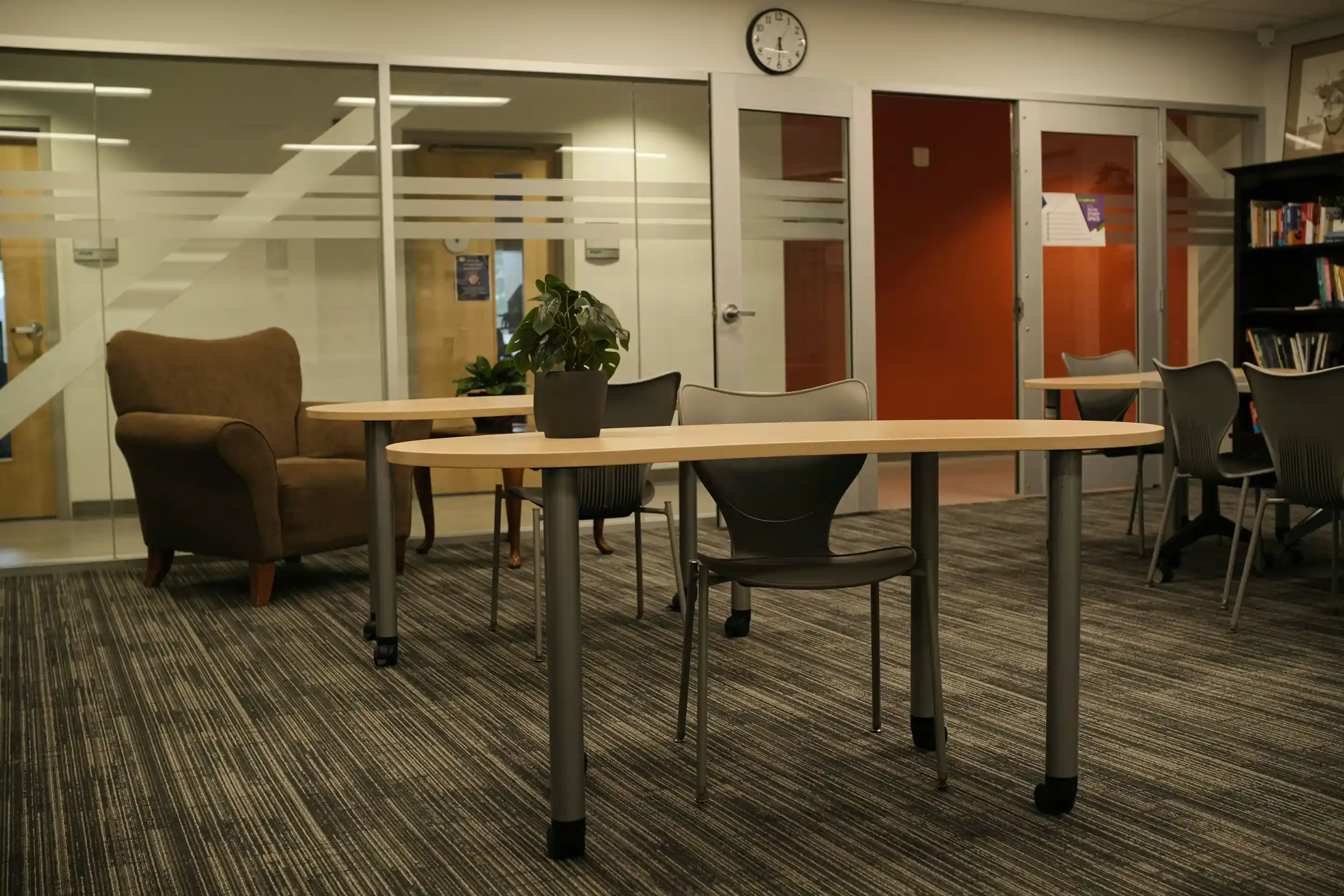
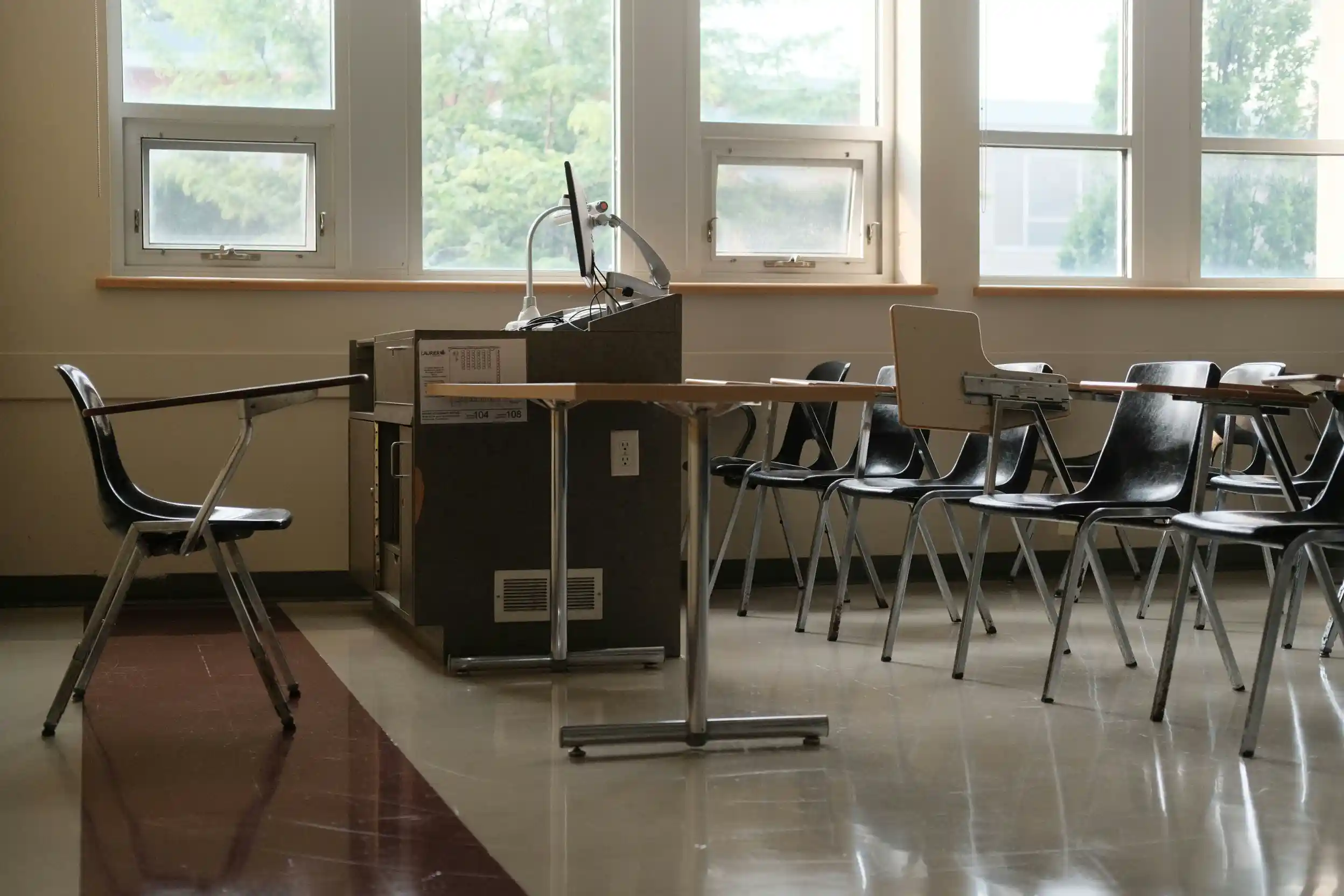

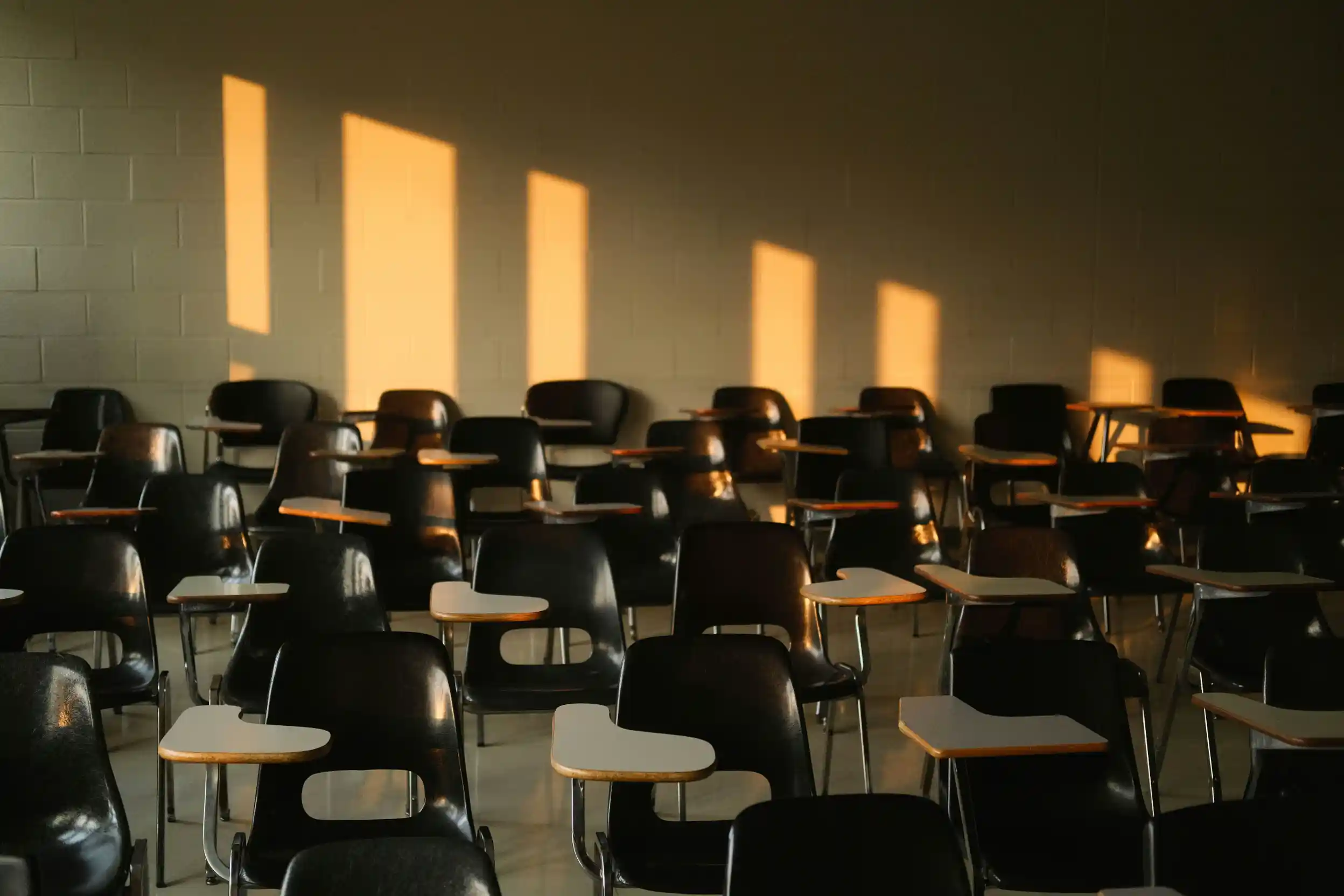








.webp)



























.webp)



%20.webp)



















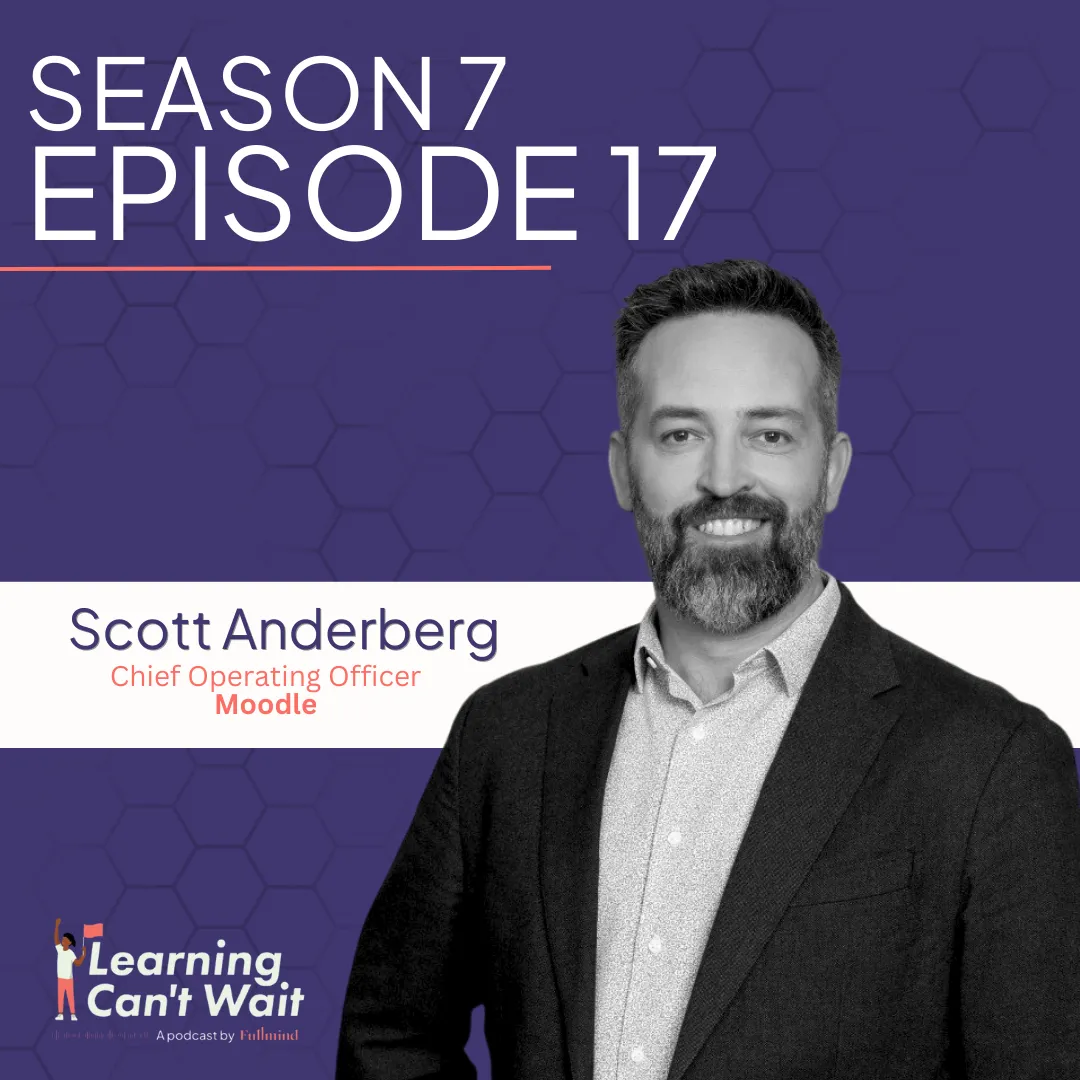

















.webp)




.webp)


.webp)


.webp)